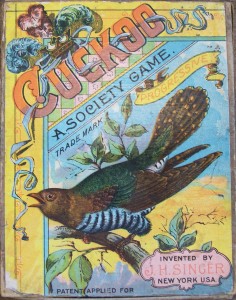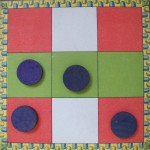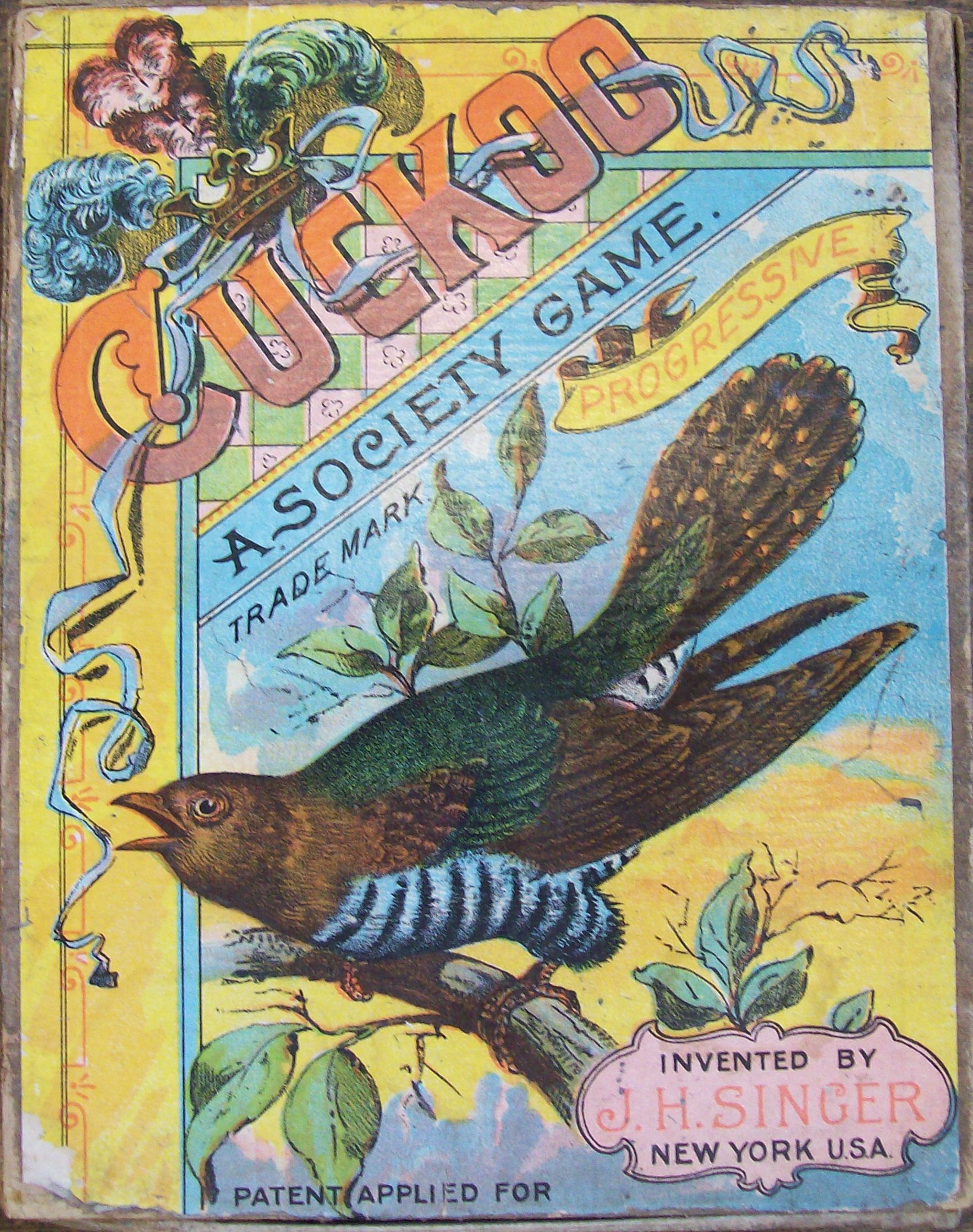 The antique 1891 game of Cuckoo by J.H. Singer highlights an image of a Cuckoo bird on its cover. From the colorful display, it is easy to realize the collectability of old games. The box shares the unique beauty many games of the time portrayed. Today, a collection of old games showcases the wonderful artwork, and detail, past game companies presented with their games.
The antique 1891 game of Cuckoo by J.H. Singer highlights an image of a Cuckoo bird on its cover. From the colorful display, it is easy to realize the collectability of old games. The box shares the unique beauty many games of the time portrayed. Today, a collection of old games showcases the wonderful artwork, and detail, past game companies presented with their games.
Games produced by McLoughlin Bros. in the 1800’s and early 1900’s are the most widely known and sought after collectibles for this reason. Their boxes are attractive and bright. Early games from Parker Brothers, Milton Bradley, and J.H. Singer reveal images just as exceptional, though. Together, they all exhibit a rich history through their depictions.
Cuckoo’s instructions (in German, French, Spanish, and English) include ‘All can play’ written across the top. Playing the game is as simple as taking turns rolling a colored die and placing or removing markers on a game card. The game cards are thick squares of paperboard and display a different 3×3 grid made up of various colored blocks.
At the start of the game, each player chooses a game card and receives nine counters or markers to have in front of him. Like how a Cuckoo bird places each of her eggs in a different nest of a different species of birds, players fill the squares (nests) with their markers determined by their roll.
 There are three basic outcomes for a roll:
There are three basic outcomes for a roll:
- If a player rolls the matching color of an empty square on his card, he sets his marker upon the square.
- If a player rolls the color black on the die, a player needs to remove a marker from any square he chooses on his card. (if there are none to remove, the player loses his next turn)
- If a player rolls a color which is already filled on his card, play passes to the next player.
The player who first fills his entire card (all nine colored squares), with his markers, announces the time by calling, “Cuckoo” and wins the game.
Although a simple game, (and it is true, all can play), I enjoy getting the game out once in a while and playing it with my kids. They are short, quick games, which always end up making us laugh. The fun for us arrives when someone wins and has to call, “Cuckoo”. The winner is happy to win, but the rest of us are happy we didn’t have to call, “Cuckoo”. For some reason, we all find this funny.
Old games are wonderful and enjoyable to collect. They express a past time when families gathered together and socialized. Game time wasn’t so much about winning; it was about relaxing and having fun with each other. A game of Cuckoo demonstrates this cherished quality.
